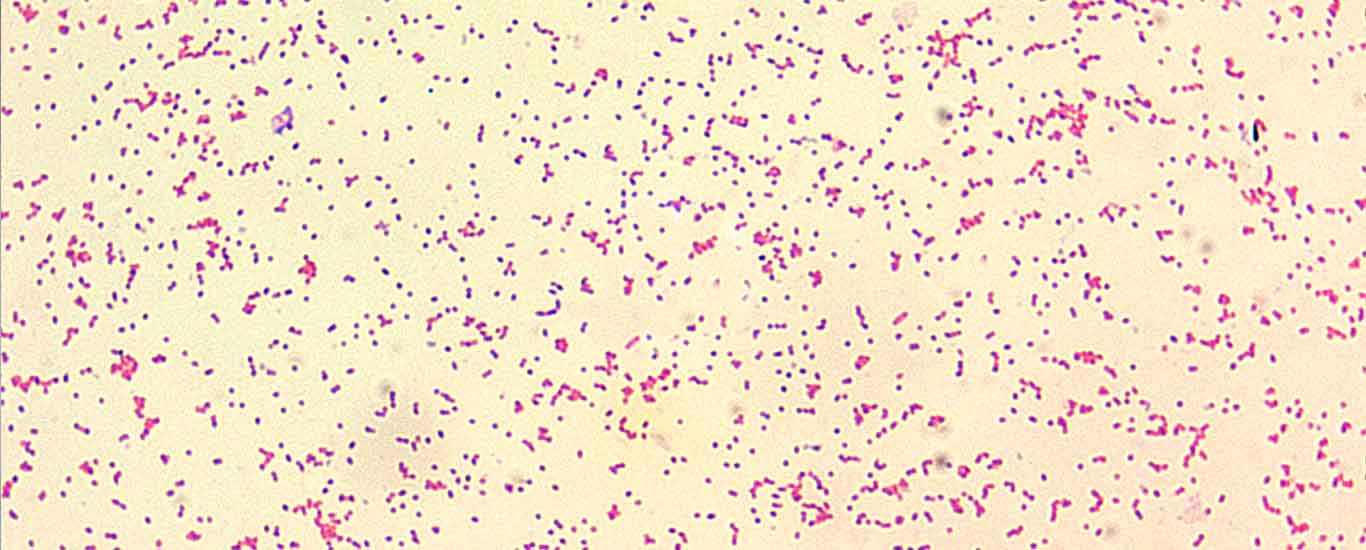
By Dr Muhammad Ahmad, Department of Pathology, University of Veterinary & Animal Sciences (UVAS), Lahore
Brucellosis is a very contagious and zoonotic disease that can be transferred from animals to animals and from animals to humans. The causative agent of this disease is a small microorganism ‘Brucella’ which is a bacterium. For the first time, it was discovered by a Scottish Pathologist and Microbiologist, David Bruce in 1886 from the spleen of a dead army sepoy in Malta. That is why this disease is also known as ‘Malta Fever.’
David Bruce named this microorganism as ‘Micrococcus melitensis’ which was further changed to ‘Brucella melitensis’ concerning the services of its inventor. Further investigations confirmed that the dead army sepoy drank goat’s milk a few days before his death. Later on, this microorganism soon recovered from goat’s milk. In 1897 and 1917, this microorganism recovered from cow’s teats and swine respectively. Till now almost nine different species of ‘Brucella’ genus have been identified that cause brucellosis in different animal species.
According to the “World Health Organization”, brucellosis is included in the list of “most neglected diseases” of the world whereas, after rabies, it is considered as the second most dangerous disease of the world.
Sign Symptoms in Animals:
In the pregnant animals during the last trimester, brucellosis may cause abortion, preterm birth of a weak calf or even death of the newly born calf. It may cause infertility in the affected animals. While in affected bulls, it may cause testicular abscess and inflammation of testicles as well as epididymis.
Transmission:
The transmission of brucellosis can occur among animals through contaminated water and air, by licking or ingestion of contaminated placenta and via direct contact with the contaminated body secretions of an infected animal. As an infected animal becomes “Carrier” for the rest of life so may be considered as a potential source of infection to the healthy animals on the farm.
“Brucella” remains in urogenital secretions and milk of the carrier animals for a longer period so it can be easily transferred from infected animals to humans. Veterinary doctors, veterinary assistants, laboratory personnel, labour working on the farm as well as the butchers are at high risk of contracting the disease.
Sign Symptoms in Humans:
Brucellosis is transmitted to humans through the use of contaminated dairy products, direct contact with the infected animal or through aerosol transmission. It may cause long-lasting symptoms such as intermittent fever, joint pain, back pain, anaemia, malaise, hepatitis, endocarditis, and sometimes orchitis. While in pregnant women preterm delivery or abortion in the second or third trimester is evident.
Diagnosis:
Accurate and on-time diagnosis are the key factors to control any disease. According to the World Health Organization (WHO), the best method to diagnose brucellosis is ‘Isolation and Identification.’
‘Brucella’ can be isolated from body secretions of infected animals but this type of diagnostic method needs extra caution as the laboratory staff may get this disease during their work. Till now many diagnostic methods have been established but expert laboratory technicians, laborious laboratory and reasonable price are the biggest hurdles to diagnose brucellosis in the world.
Lateral flow assay is a simple, portable, and easy to use a diagnostic device to confirm a specific antigen in a given sample. The key benefit of this method is the probability of fast testing with inexpensive equipment which makes it fit for off-laboratory use. This assay needs colouring agents like gold nanoparticles which are used for detecting a target analyte in food as well as in the milk and blood of the suspected animals for serodiagnosis of infectious diseases. In a Technology development fund (TDF-HEC), Dr Muhammad Ahmad (MPhil-Scholar) from the Department of Pathology, the University of Veterinary and Animal Sciences, Lahore Pakistan under the kind supervision of Dr Raheela Akhtar, Associate professor Department of Pathology, UVAS Lahore has succeeded in the development of the above-mentioned strip for the diagnosis of brucellosis in the suspected cattle, buffalo and humans within 60 seconds. This test does not require any expertise or laborious laboratory. Strip base diagnostic tests may consider the as easiest and accurate method of diagnosis of brucellosis in Pakistan.
Control:
Accurate and on-time diagnosis is one of the best ways to control brucellosis. Developed countries of the world like Japan, Australia, Canada, New Zealand, North-western Europe are considered brucellosis-free countries. These countries have controlled brucellosis through Mass vaccination programs, test and slaughter policies, and by separation of infected animals from healthy animals. While it is still present as ‘Endemic Disease’ in the Mediterranean region, Middle East, Africa, Latin America and few countries of Asia like Pakistan, India, Afghanistan, Bangladesh and some provinces of China.
According to WHO, brucellosis is a reportable disease in the world. Unfortunately, it is not reported in Pakistan and the number of cases is increasing day by day. This is because there is no “Culling policy or law” from the government to compensate the poor farmers for the culling of infected animals. Hence the poor farmers do not report this disease.
To effectively control brucellosis, it is the need of the hour that the government must devise test and slaughter policy along with compensation cost.
Prevention:
Through the application of the World’s renowned and most practical proverb ‘Prevention is better than cure,’ brucellosis can be prevented. Milk and meat should be used after boiling and cooking at recommended temperatures. The use of dairy products prepared from raw milk should be avoided. Before purchasing new animals for the farm, screening tests must be performed. There should be prior testing and separation of newly purchased animals for at least 30 days or till the confirmation of results. All the recommended measures should be strictly followed during the disposal of placentas or aborted fetuses of infected animals.
Treatment:
As ‘Brucella’ is an intracellular microorganism rendering most of the antibiotics ineffective against brucellosis. WHO recommended antibiotics like Streptomycin, oxytetracycline, doxycycline or combination of all of these antibiotics show excellent results equally in humans as well as in animals. The duration of treatment is as long as six weeks and as short as two weeks both in affected animals and humans.
Suggestions:
Pakistan is an agricultural country. Almost 60% of the country’s population belongs to rural areas. People from rural areas for their lives depend upon the rearing of livestock and the cultivation of different crops. Both of these departments are considered as the backbone of Pakistan’s economy as agriculture and livestock’s share in the gross economy according to economic survey 2017-18 is 18.8% and 11.11% respectively. While livestock’s share in agriculture is about 58.92%. Unluckily the growth of both of these two departments is too low because of the lack of interest in previous governments.
It is the need of the hour that the current government must follow up with the poor economic policies regarding livestock and agriculture departments. The government should design the farmer’s friendly policies to uplift the wobbling economy. Prime minister’s Calf fattening and poultry farming schemes, the use of modern technologies in the agriculture sector and the provision of proper subsidy on newly implemented taxes are the best ways to boost up the country’s economy.







